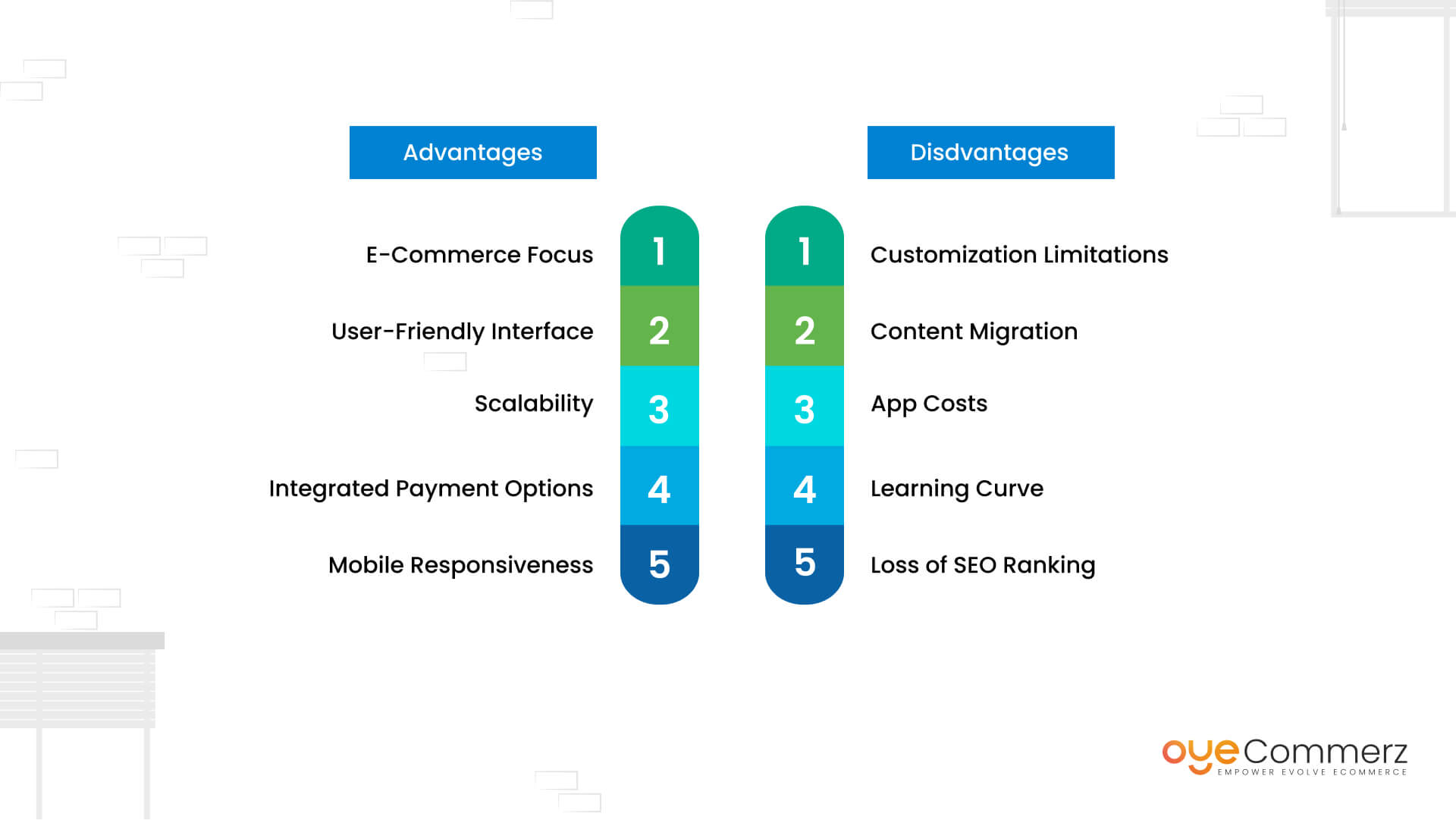Transitioning from WordPress to Shopify is an exciting step toward optimizing your e-commerce processes. As businesses grow, selecting a solution that supports growth potential, user experience, and flexibility becomes crucial. Shopify is widely recognized as a preferred choice for e-commerce professionals, providing unmatched adaptability, security, and user-friendliness. In this guide, we will delve into the transformative impact of this migration, discuss the advantages, and share actionable steps to facilitate a seamless transition.
1. Why Migrate from WP to Shopify?
WordPress, paired with WooCommerce, has served countless online stores. However, as companies expand, issues like plugin dependency, security vulnerabilities, and technical complexities can hinder growth. Shopify, designed explicitly for e-commerce, addresses these concerns with an all-in-one, intuitive platform. Real data supports this shift—Shopify hosts over 4.4 million websites globally, with a documented 10% boost to sales conversion rates for many businesses post-switch.
2. Shopify's Perks for Thriving Online Stores
Shopify’s robust ecosystem is tailored for expanding businesses. Its standout features are:
- Effortless Design Flexibility: Shopify offers over 80 professionally designed themes.
- Built-in Features: Features like Shopify Payments and built-in SEO streamline operations.
- International Expansion: Multi-currency support and localization features enable businesses to expand internationally.
Additionally, Shopify delivers an availability percentage of 99.98%, ensuring your website is always operational.
3. Getting Ready for Your WP-to-Shopify Transition
Before migrating, evaluate your current store. Review inventory details, customer details, and SEO performance. Resources such as Shopify’s Migration Kit or third-party solutions help ease the transition. Create a detailed strategy, ensuring all resources—product descriptions, images, and blog content—are ready for seamless import.
4. Data Migration: A Critical Step
Data migration forms the foundation for a smooth platform switch. When moving from WP to Shopify, focus on:
- Inventory Details: SKU, item summaries, and categories.
- Customer Data: Emails, purchase records, and custom fields.
- Search Engine Considerations: Retain meta tags, URLs, and forwarding paths to maintain search rankings.
Use tools such as LitExtension to streamline data transfer while minimizing errors.
5. Tailoring Your Shopify Store to Fit Your Brand
After the move, personalizing your Shopify store helps it reflects your business identity. Take advantage of Shopify’s intuitive page builder to design pages WordPress to Shopify guide effortlessly. Shopify's themes are mobile-responsive, ensuring a smooth UX across platforms—a key point, given 74% of online shopping comes from mobile users.
6. How to Protect Your SEO Rankings When Switching Platforms
SEO is vital for preserving your visibility during migration. Shopify excels WordPress vs. Shopify for eCommerce in SEO with clean URL structures, preloaded features, and seamless blog integration. Make sure you:
- Set up URL forwarding for old URLs.
- Enhance updated content with keyword-rich content.
- Leverage plugins like Plug in SEO to monitor performance post-migration.
7. Post-Migration Testing
Once the migration is complete, conduct thorough testing.
Check:- Page load times (Shopify boasts faster speeds compared to WordPress).
- Functionality of payment gateways and transaction flow.
- Mobile responsiveness.
Testing guarantees your store delivers a seamless shopping experience from the start.
8. Case Study of a Successful Migration
An example of effective platform switching is Gymshark, a sportswear company that moved to Shopify. Post-migration, the company saw a 60% increase in mobile sales and significantly lowered site downtime. This showcases the capabilities of Shopify in driving online business success.
9. Challenges and Solutions
Migration is not without obstacles, such as information accuracy and reconfiguring custom functionalities. However, Shopify’s robust support and external professionals make overcoming these hurdles manageable. Collaborating with experienced Shopify developers ensures a smooth transition.
10. Making the Switch: The First Step Toward Success
Migrating from WP to Shopify marks a strategic approach to e-commerce. By addressing scalability, simplifying management, and improving buyer satisfaction, Shopify enables companies to thrive in competitive markets.
Final Thoughts
Switching from WP to Shopify is a strategic move that can significantly boost your e-commerce success. With a robust migration plan, the appropriate resources, and expert support, you can achieve new success milestones.
Ready to make the leap? Let’s discuss how our Shopify migration services can revolutionize your online store. Get in touch today, or consider: Can your business afford to miss out on Shopify’s growth potential?

Comments on “Seamless WordPress to Shopify Migration: Your Ultimate Guide to E-commerce Success”